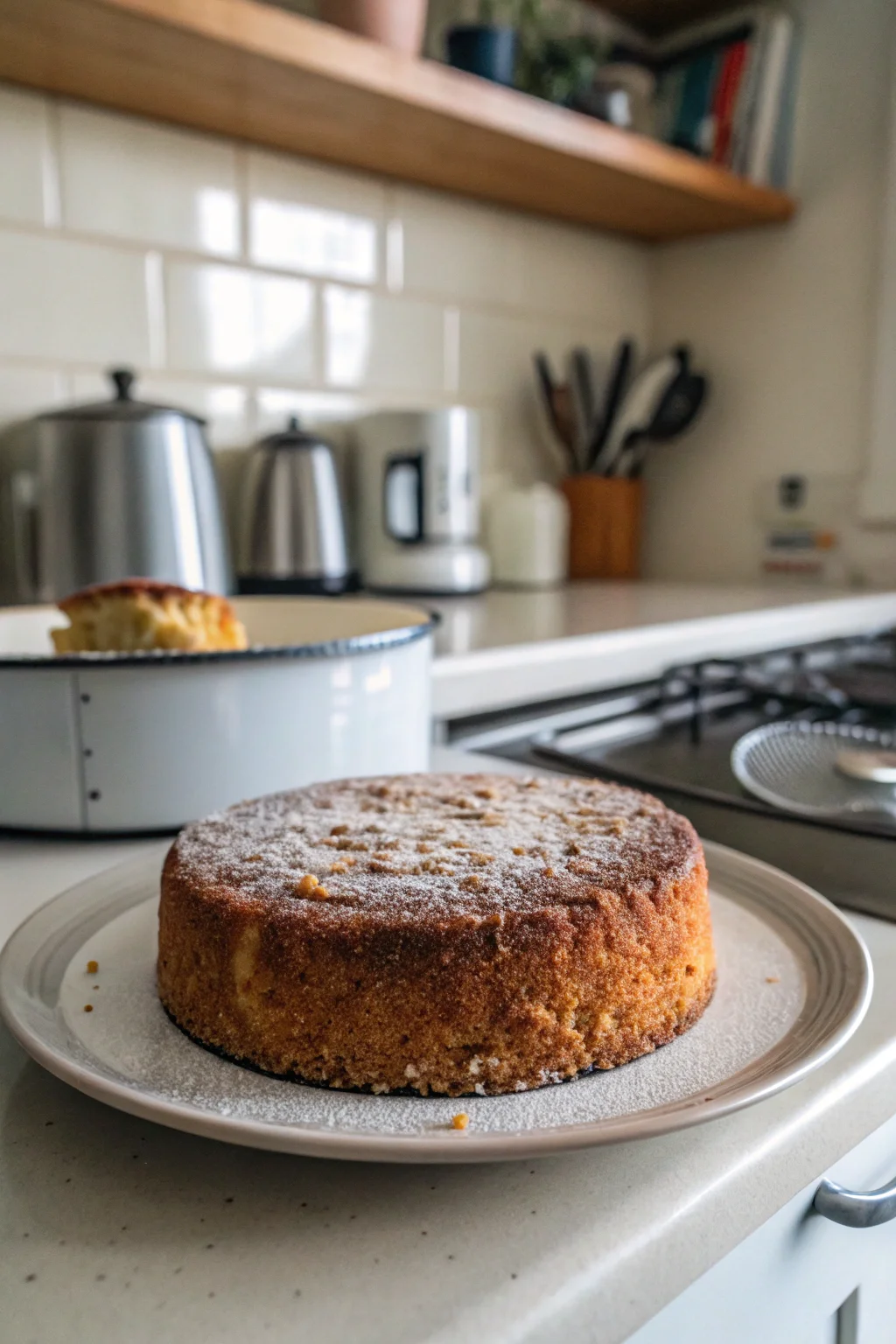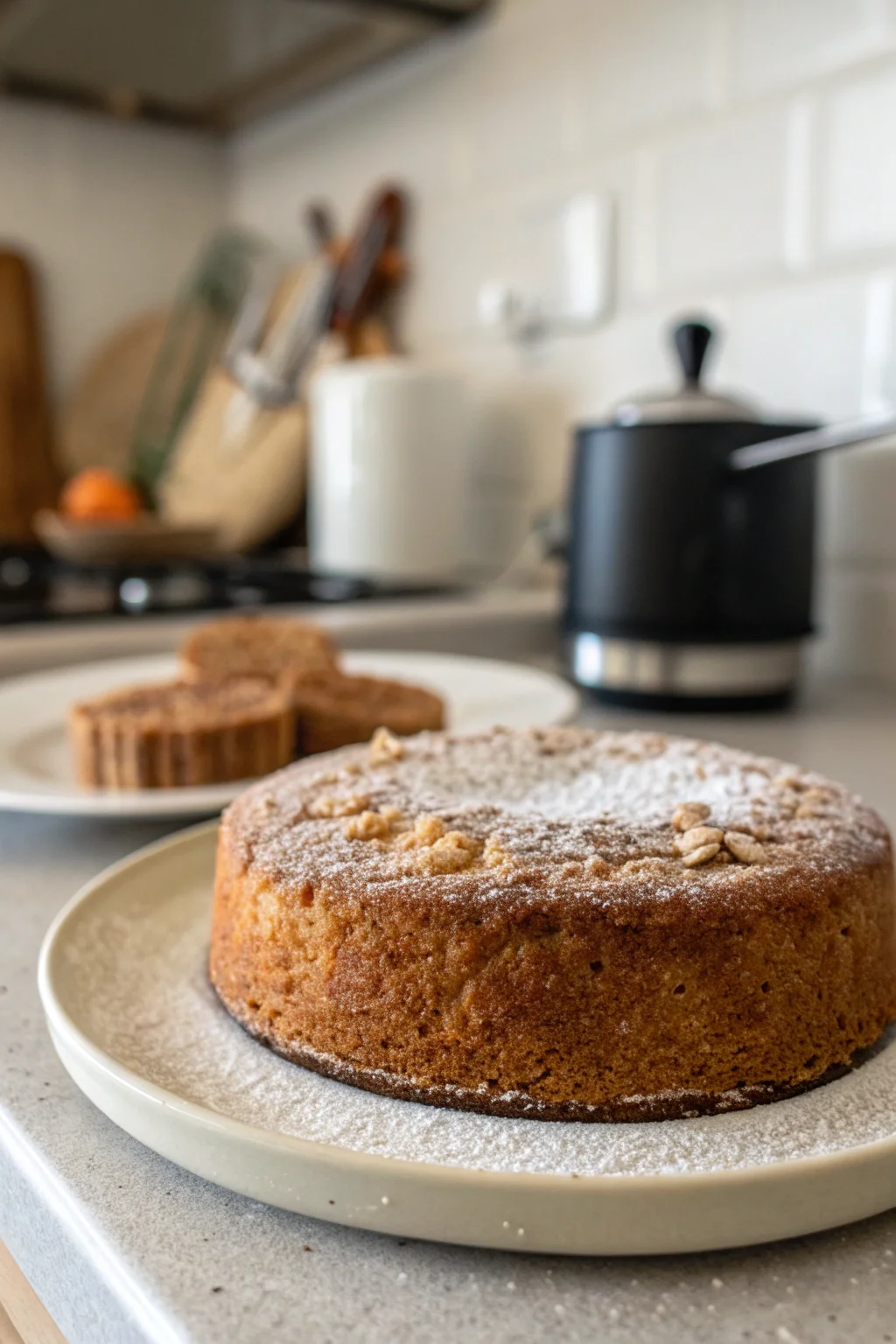Baking cakes with alternative flours can open up a world of flavors and textures, while also catering to dietary preferences and needs. Whether you’re looking to bake gluten-free, reduce carbs, or simply experiment, alternative flours offer endless possibilities. This guide will walk you through common questions and tips for baking delicious cakes without traditional wheat flour.
Table of Contents
What Are Alternative Flours?
Alternative flours are non-wheat flours made from a variety of grains, nuts, seeds, or legumes. Common examples include almond flour, coconut flour, rice flour, and chickpea flour. They are often used to accommodate gluten-free diets or to add unique flavors and nutritional benefits to baked goods. These flours can be a delightful way to introduce new tastes and textures into your baking, offering a chance to explore flavors beyond the traditional. For instance, almond flour can add a subtle nuttiness, while chickpea flour offers a savory note that pairs well with spices. Learn more about gluten-free baking.
How Do I Substitute Alternative Flours for Wheat Flour?
Substituting alternative flours isn’t always a 1:1 exchange. Each flour has unique properties, such as absorbency and density. Here’s a general guide:
Almond Flour: Use 1:1, but reduce liquids slightly for its moist texture. Almond flour is made from finely ground almonds and retains some of their natural oils, which can add moisture to your cake. Consider pairing it with ingredients like dark chocolate or berries to complement its rich flavor.
Coconut Flour: Highly absorbent; use 1/4 cup coconut flour for every 1 cup wheat flour and increase liquids. Coconut flour is fiber-rich and absorbs a lot of moisture, so be prepared to add extra eggs or milk to maintain a smooth batter. Its subtle sweetness makes it ideal for vanilla or citrus-flavored cakes.
Rice Flour: Use 7/8 cup for every 1 cup wheat flour, and consider adding a binder like xanthan gum. Rice flour is a staple in gluten-free baking, providing a light and tender crumb. It works well in recipes that require a delicate texture, such as sponge cakes.
Adjusting recipes may require some trial and error. Flavor pairings are crucial when using alternative flours. For instance, pairing the earthy notes of buckwheat flour with spices like cinnamon or nutmeg can enhance the overall taste. Check out our guide on flour substitutions.
Can I Combine Alternative Flours?
Yes, combining alternative flours can enhance texture and flavor. Mixing almond and coconut flour is popular in gluten-free baking. Here’s how to do it:
Balance textures: Pair a dense flour like almond with a light one like rice. This balance can prevent your cake from being too heavy, resulting in a more traditional cake-like texture. A common combination is almond and tapioca flour, which can create a light and airy crumb while maintaining structure.
Enhance flavors: Combine nutty flours like hazelnut with neutral ones like oat. This not only enhances the cake’s flavor profile but also adds nutritional benefits. For example, a combination of quinoa and coconut flour can create a protein-rich cake with a delicate texture.
Experimenting with blends can yield delicious results and improve the structure of your cake. If you’re new to blending flours, start with smaller batches to find the perfect balance for your taste and texture preferences. As you gain confidence, you can try more complex blends.
Do Alternative Flours Affect Cake Texture?
Yes, alternative flours often change the texture of cakes. Almond and hazelnut flours provide a moist, dense crumb, while coconut flour can make cakes light and fluffy if used correctly. The texture can range from soft and tender to more crumbly, depending on the flour’s properties and the recipe adjustments you make. Always check the consistency of your batter and adjust liquids or eggs as needed to achieve the desired texture. It’s helpful to have visual cues, such as a batter that’s thick but pourable, to guide you in making adjustments.
What Binders Work Well with Alternative Flours?
Binders help hold cakes together, especially important in gluten-free baking. Common binders include:
Eggs: Provide structure and moisture. Eggs also help with leavening, giving your cake rise and a lighter texture. If you’re avoiding eggs, there are plenty of substitutes available.
Xanthan Gum: Use 1/4 teaspoon per cup of flour. Xanthan gum acts as a thickener and stabilizer, particularly useful in gluten-free recipes to mimic the elasticity of gluten.
Flaxseed Meal: Mix 1 tablespoon with 2.5 tablespoons of water as an egg substitute. This mixture, known as a “flax egg,” can add a slight nuttiness to your cake while providing the necessary binding properties.
These binders ensure your cake doesn’t crumble apart. As you experiment, you may find that a combination of binders works best for certain recipes, especially if you’re using multiple alternative flours.
How Do I Adjust Baking Times for Alternative Flours?
Baking with alternative flours might require adjusting times:
Check early: Start checking your cake 5-10 minutes before the usual time. Alternative flours can cause cakes to bake more quickly due to their different moisture absorption rates.
Use a toothpick: Look for a clean toothpick, but remember almond and coconut flour cakes may be slightly moist. It’s important to recognize that these cakes might not firm up as much as those made with wheat flour, so a few moist crumbs on the toothpick are acceptable.
Oven temperatures and times can vary, so keep a close eye on your cake. Consider using an oven thermometer to ensure accurate temperature settings, and always rotate your pans halfway through baking for even heat distribution.
Can I Use Alternative Flours in Any Cake Recipe?
While you can try alternative flours in any recipe, some cakes adapt better. Recipes for dense, moist cakes like pound cakes or brownies are more forgiving. These types of cakes benefit from the richness of flours like almond or hazelnut. Light and airy cakes can be trickier but not impossible with the right adjustments. Sponge cakes, for example, may require a careful balance of flours and binders to achieve the desired lift and texture.
Experimentation is key, and starting with a base recipe that closely resembles the desired texture can help guide your flour choices and adjustments.
Are There Health Benefits to Using Alternative Flours?
Many alternative flours offer nutritional benefits:
Almond Flour: High in protein and healthy fats. It’s also rich in vitamin E and magnesium, which can support overall health.
Chickpea Flour: Rich in fiber and protein. It also contains several essential vitamins and minerals, including folate and iron, making it a nutritious choice for those looking to boost their intake of these nutrients.
Coconut Flour: Low in carbs, high in fiber. Coconut flour is a good source of lauric acid, which may support immune function and heart health.
These flours can help create cakes that fit specific dietary needs and preferences. They can also be part of a balanced diet for those looking to increase their intake of plant-based nutrients.
What Are Common Mistakes When Baking with Alternative Flours?
Common pitfalls include:
Ignoring ratios: Always follow substitution guidelines. Each flour behaves differently, and incorrect ratios can lead to unexpected results, such as dry or overly dense cakes.
Skipping binders: Essential for gluten-free recipes. Without them, your cake may not hold together well.
Overmixing: Can lead to dense cakes. Overmixing can also activate more starches than desired, resulting in a gummy texture.
Avoid these mistakes for successful bakes. It’s helpful to keep a baking journal to note what works and what doesn’t, especially as you try new flour combinations and recipes.
How Do I Store Cakes Made with Alternative Flours?
Proper storage ensures freshness:
Refrigerate: Due to higher moisture content, refrigerate cakes to extend shelf life. This is especially important for cakes with nut-based flours, which can spoil more quickly at room temperature.
Freeze: Wrap tightly in plastic wrap and freeze for up to 3 months. Freezing locks in moisture and flavor, making it a great option if you want to enjoy your cake over an extended period.
Allow cakes to come to room temperature before serving for the best flavor and texture. Consider reheating slices gently in the oven or microwave to refresh their texture if they seem dry.
Can I Use Alternative Flours for Frosting?
Alternative flours are generally not used in frosting, but you can create gluten-free options using ingredients like powdered sugar, butter, and cream cheese. Some recipes may incorporate almond meal for texture. You can also explore using nut butters or coconut cream as bases for unique, flavorful frostings that complement your alternative flour cakes.
What Recipes Can I Try with Alternative Flours?
Here are a few recipe ideas:
Almond Flour Chocolate Cake: Rich and moist, made without gluten. This cake benefits from the buttery texture of almond flour, resulting in a decadent, satisfying dessert.
Coconut Flour Lemon Cake: Light and flavorful with a hint of citrus. The natural sweetness of coconut flour pairs beautifully with the tartness of lemon, creating a refreshing treat.
Explore our collection of gluten-free cake recipes. You’ll find a variety of options that cater to different tastes and dietary requirements.
Wrap-Up
Baking with alternative flours can be a rewarding experience that yields delicious, unique cakes. With a bit of experimentation, you can customize textures and flavors to suit your tastes and dietary needs. Remember to adjust ratios, use binders, and be patient as you explore the diverse world of non-wheat baking. Enjoy your baking journey!
More on homemaderecipe.blog • Search “How to Bake Cakes With Alternative Flours”


